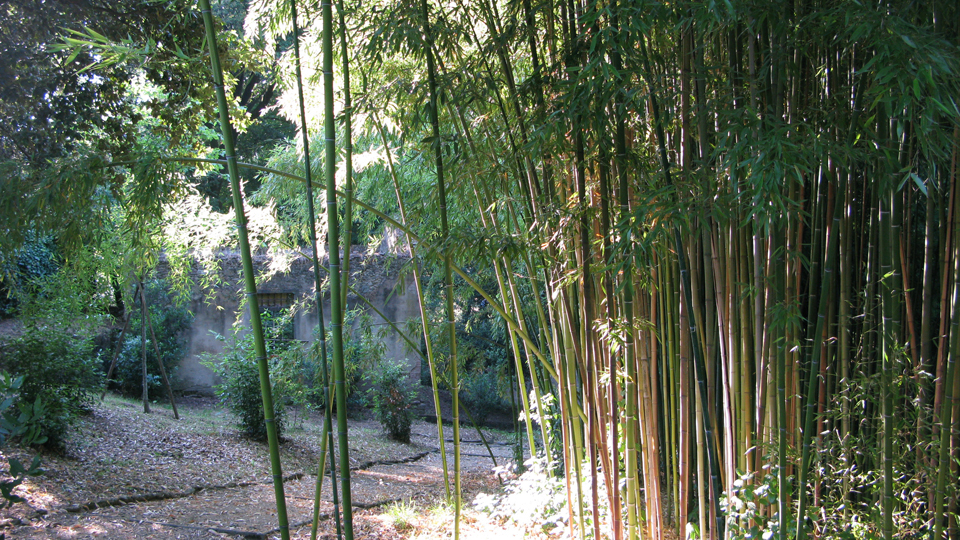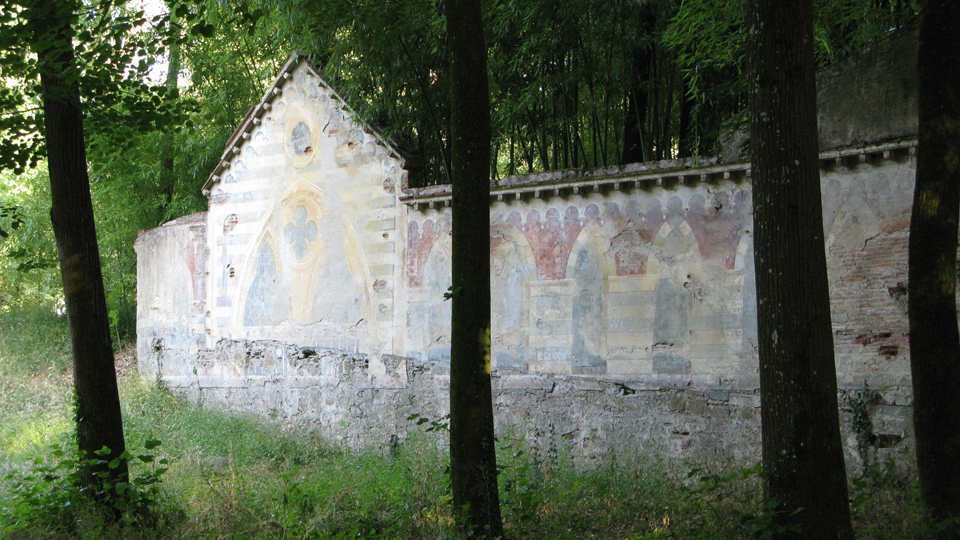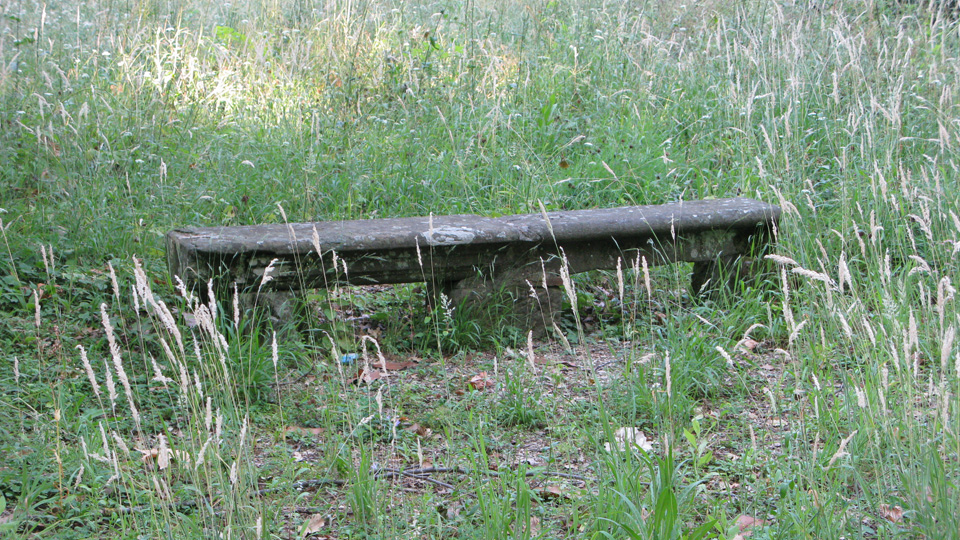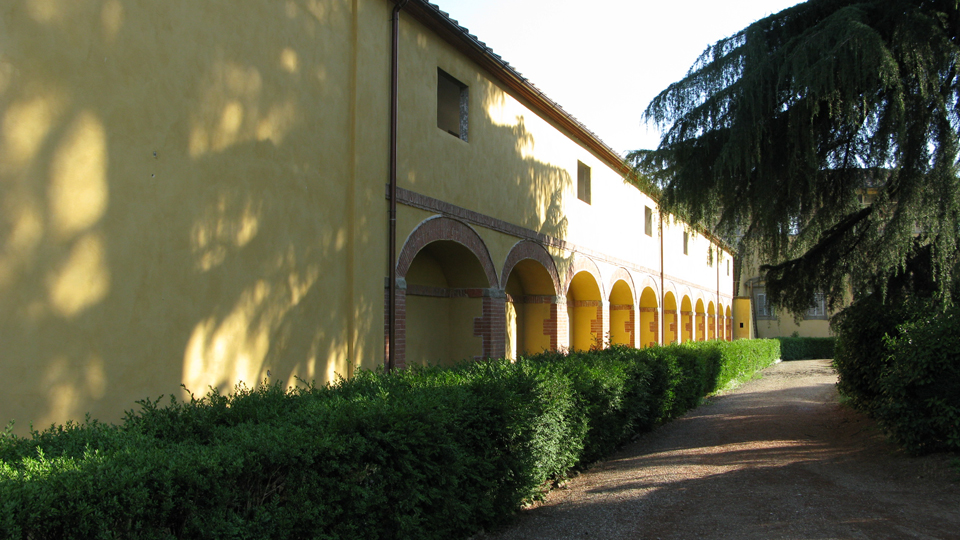One of the things that most impressed me on a recent visit to Italy was the carefully considered sense of placement of architecture within the landscape. Again and again you see the exquisite management of the relationship between architecture and garden and of garden and wider landscape. This is perfectly illustrated at the much photographed Villa Gamberaia where formal topiary and water features give way to the repose of a shaded woodland area before the vistas of Tuscan olive groves. The sense of connection between Villa and landscape is brilliantly articulated with a perfect balance between enclosure and framed vista and between the formal and the wild.
This and other similar gardens share much in common with the English Country garden in which you often encounter a carefully managed relationship between house and wider landscape. I wanted to focus for a moment on the spaces in between. These transitional areas were referred to as Wilderness spaces in the eighteenth century and I was consistently impressed by their handling in Italian gardens. They are interstitial spaces which you might experience as you move from one place to another or in the grander examples might form park land to be explored at leisure.
Spreading groves of bamboo feature consistently and no wonder with such a conducive climate.

Here’s another image of a frescoed boundary wall holding back a forest of bamboo. The sense of crumbling civilization doing battle with encroaching Nature is most powerful:

And then a stone’s throw from this wall, a piece of balustrade work masquerading as a bench, set in open grassland.

Even the rear entrance to this Medici Villa is sublimely executed. Brick lined arches and Tuscan render give a strong sense of line and form which is finished with buxus hedgework. The whole providing a graphic backdrop for shadow play.

